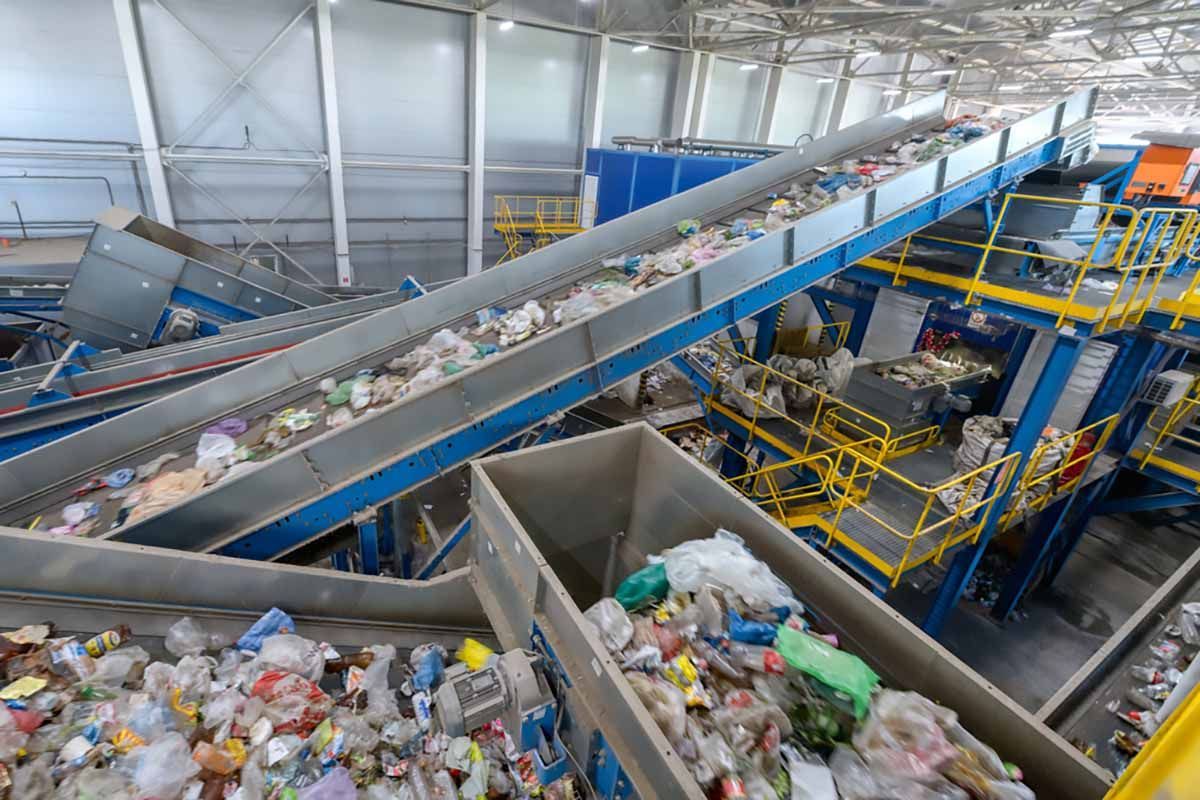What we can learn from space trash
October 19, 2021
Today's guest blog is authored by Lauren Phipps of GreenBiz. The original posting can be found here.
About once every year, the International Space Station has to alter its course, ever so slightly, to avoid a potentially mission-critical collision with a piece of space trash. These unwanted flying objects — more formally known as orbital debris — are human-made items that no longer serve any useful purpose, both intentionally and unintentionally left to orbit in perpetuity.
Derelict spacecrafts and satellites, payload carriers, motor effluents, bolts and fragments of paint chips: Orbital debris runs the gamut from more substantial litter — about 23,000 pieces larger than 10 cm — to smaller debris — about 500,000 items between 1 and 10 cm in diameter — to the infinitesimally tiny — over 100 million particles larger than 1 mm. So next time you look up at the night sky and consider your place in the universe, consider that 8,000 metric tons of junk are swirling around above you.
It’s a tale as old as time. As the space race evolves and explodes with the rise of "mega-constellations" and a surfeit of satellites are being deployed, the lower Earth orbit is being quickly cluttered with space trash. The tragedy of the commons here on Earth is playing out with a predictable similarity in Earth’s orbit. (Did "WALL-E" teach us nothing?!)
Unlike our waste management woes on Earth, debris begets more debris in space. As the density of space junk increases, so too does the number of debris-creating collisions, in a cascade effect known as the Kessler syndrome. And while spacecrafts are designed to sustain the impact of micro-debris, the stakes are higher with larger pieces of defunct equipment. The space junk created by just two events — an accidental collision between operational American communications satellite Iridium-33 and retired Russian spacecraft Cosmos-2251 in 2009, and the intentional destruction of the Fengyun-1C weather satellite by China in 2007 — represents one-third of all catalogued orbital debris, according to NASA.
To avoid a similar fate in space as we face on earth, a slew of solutions have been proposed including nets, lasers, harpoons, sails and slingshots. Just this year, the Japanese satellite services company Astroscale launched the world’s first commercial mission for debris management, a demonstration mission intended to prove out the core technologies needed for debris docking and removal.
Another familiar tale of tackling human-created pollution with more, sometimes counterproductive, technological solutions. While the world’s leading space agencies have formed the Inter-Agency Space Debris Coordination Committee to address this growing issue, participating countries only have voluntary protocols in place and no global treaty regulates waste in space.
I became curious about space trash not because it’s the biggest environmental impact to worry about when it comes to space exploration, but because of the psychology behind it. It’s easier to grasp why someone could see a vast swath of land or an expansive, open ocean as a dumping ground without a sense of scale. It’s unending! My impact is but a drop in the ocean! The same perception appears to be true in the Earth’s orbit, although our sense of scale has never been greater.
Policy development and market-based solutions may be necessary to mitigate a potential materials management crisis before it becomes an even bigger challenge. But we’ve seen this movie before. "The most important action currently is to prevent the unnecessary creation of additional orbital debris," according to NASA. So why not use our planetary perspective to avoid an interplanetary problem?
Disclaimer: Guest blogs represent the opinion of the writers and may not reflect the policy or position of the Northeast Recycling Council, Inc.
Share Post





